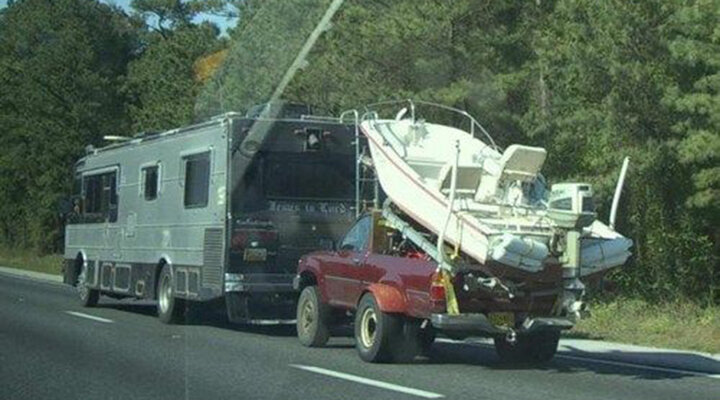Rookie considering a 5th wheel. I note that pickup/5th wheel rigs going down the road can be perfectly level or off level with the front of the trailer raised considerably.
Just wondering what causes the difference assuming towing with the trailer level is preferred.
thx to anyone taking the time to educate a noob.
Just wondering what causes the difference assuming towing with the trailer level is preferred.
thx to anyone taking the time to educate a noob.

